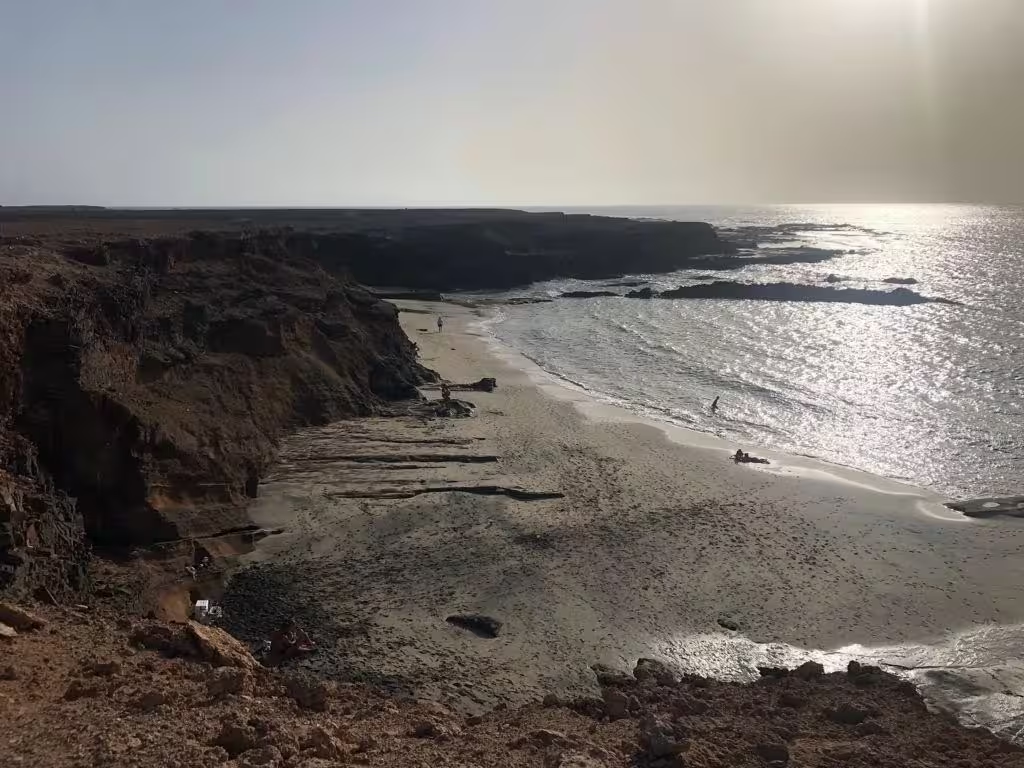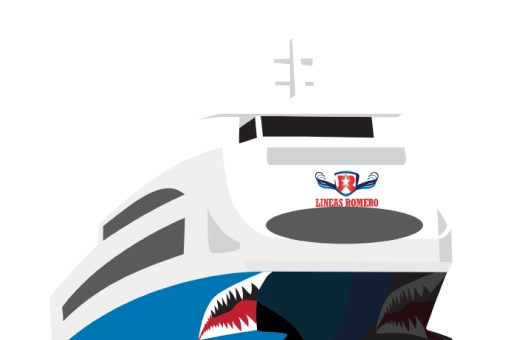EXPLORE THE OLDEST ISLAND OF THE CANARIES
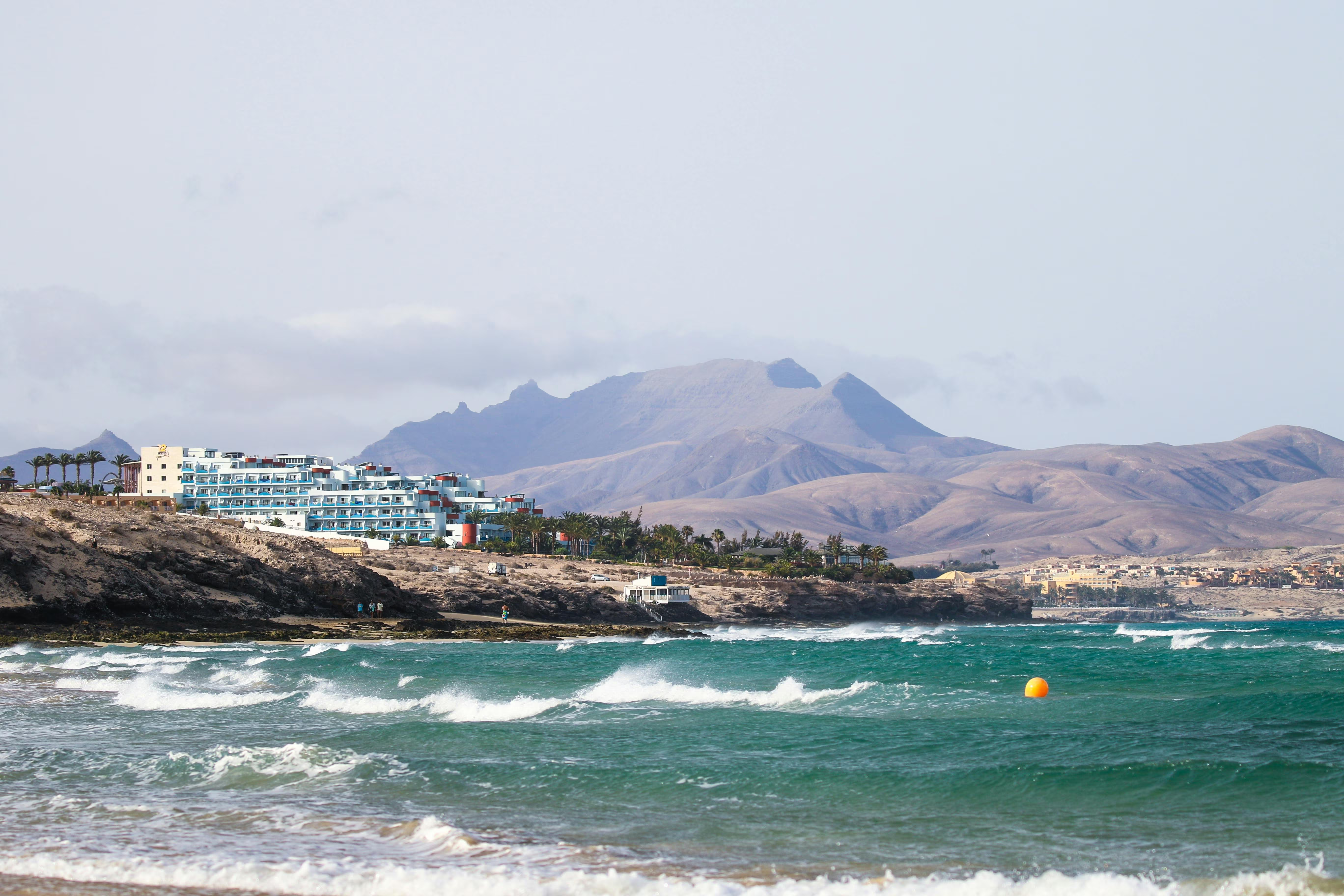
FUERTEVENTURA
If there is an island in the Canary Islands that does not have anything to envy the Caribbean, that is Fuerteventura. Its golden sand beaches and emerald waters conquer anyone who reaches them. With Líneas Romero you can travel to Fuerteventura from Lanzarote, in our fast ferry that lasts only 30 minutes.
Do you want to know everything that awaits you on this wonderful island? Don't miss its history, its beaches and the best hidden corners of Fuerteventura.
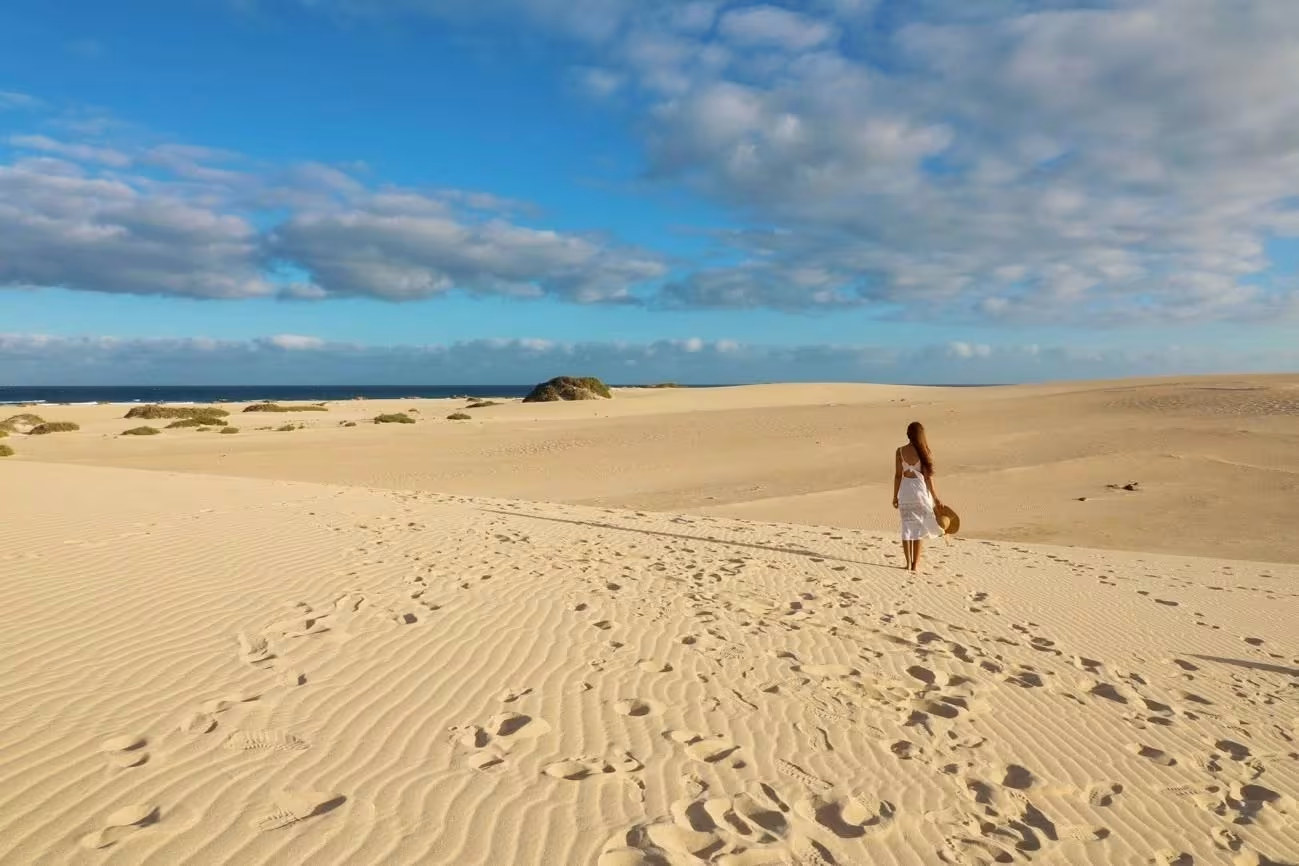
A SEA OF DUNES TO DISCOVER IN FUERTEVENTURA
Fuerteventura is a unique and captivating island that leaves no one indifferent. It is the Canary Island closest to Africa and the second largest, after Tenerife; with an area of 1,659 km² and 150 kilometers of beaches bathed by the Atlantic Ocean. Its beauty is protected; being a territory declared a Biosphere Reserve and Starlight Reserve by UNESCO. If you want to discover it, Líneas Romero offers a regular ferry service that connects Lanzarote and Fuerteventura in just half an hour.
The island has a dream climate, with more than 300 days of sun per year and exceptionally low rainfall. The climate of Fuerteventura is arid, with areas belonging to the desert and subtropical arid climate. In addition, the wind and wave conditions make it perfect for lovers of sports such as surfing, windsurfing and kitesurfing.
Without a doubt, it is a desert jewel but with kilometers of paradisiacal beaches of white or golden sand and turquoise waters that enchant everyone who visits them.
THE ORIGIN OF FUERTEVENTURA
The origin of Fuerteventura is estimated to be around 1,000 years before Christ, with the arrival of the 'majos', the first peoples who settled on the island and dedicated themselves to agriculture, livestock and fishing. Its name derives from the Guanche term 'majo', which meant 'rustic footwear'.
The name of the island has changed over time. During the arrival of the 'majos' it was known as Herbania, being this territory divided into two kingdoms: Maxorata, to the north; and Jandía, to the south. During the Roman occupation, it was called Planaria, due to the flat geography of the island; and Capraria, due to the large number of goats that inhabited this space.
It was in 1402 when Jean Bethencourt and Gadifer de la Salle began to carry out the expeditions to Fuerteventura. It was not until 1405 that the territory became part of the kingdom of Castile. Subsequently, attacks by barbarians and pirates became commonplace on the island.

GEOLOGY OF THE ISLAND
Geologically, it is the oldest island in the Canaries; forming millions of years ago. Today, it enjoys a gentle relief as a result of erosion, although recent volcanic activity, about 100,000 years ago, has left extensive fields of rough lava, known as malpais.
The highest elevation of Fuerteventura is the Pico de la Zarza, with an altitude of 807 meters, located on the Jandía Peninsula, in the southern part of the island. To the northeast, about 2 kilometers away, there is a small islet, the island of Lobos, belonging to Fuerteventura, with an area of 4.58 km².
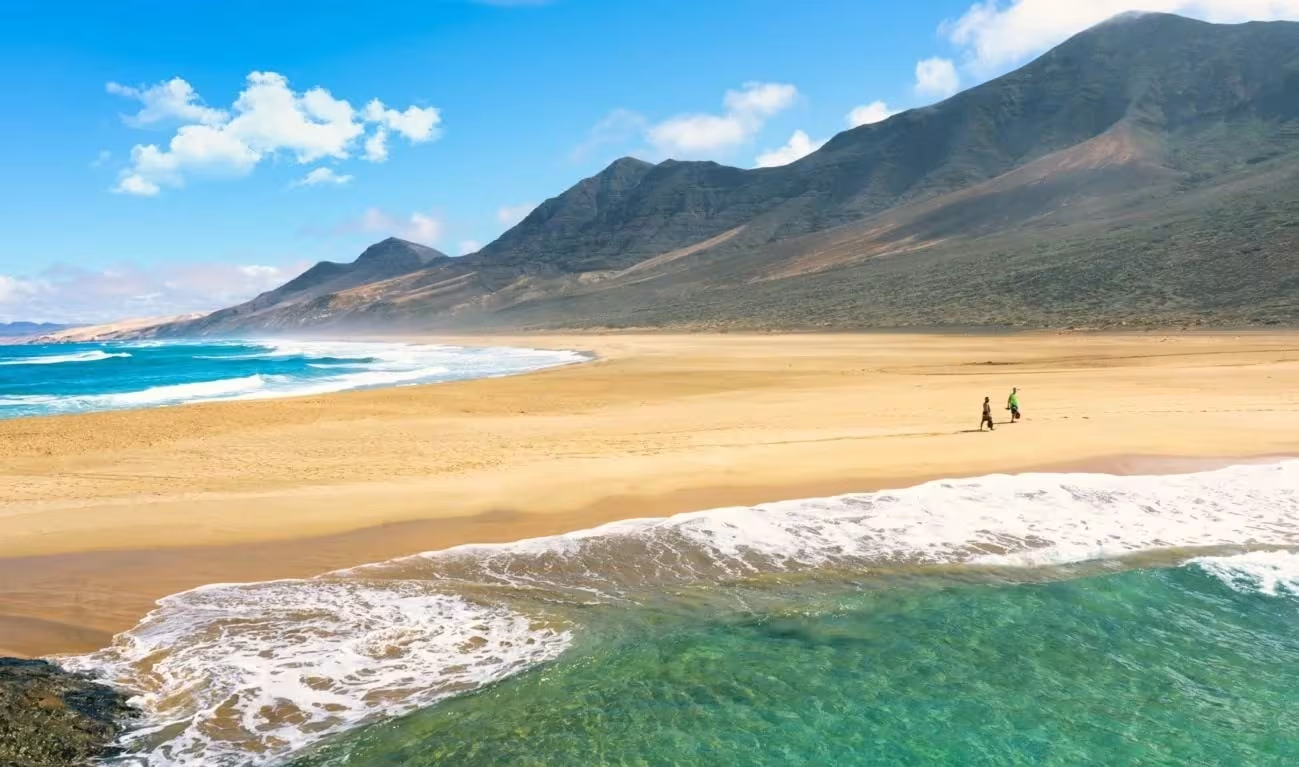
THE PARADISE BEACHES OF MAJORERO
Beaches are, without a doubt, the biggest attraction of Fuerteventura. From north to south, their kilometers of white sand and turquoise waters make them enchanting. More frequented, more hidden, more wild… the island has beaches for all tastes.
CORRALEJO
The Natural Park of the Corralejo Dunes, to the north of Fuerteventura, is one of the most visited places on the island. In addition, some of the best beaches of fine white sand and emerald waters can be found along eight kilometers.
In this area you can find some beaches, such as the Burro or the Bajo Negro, with all kinds of services and amenities due to the proximity of hotels in the area; or the Médano, which is ideal for practicing windsurf or kitesurf, thanks to the wind currents that are generated in this area.
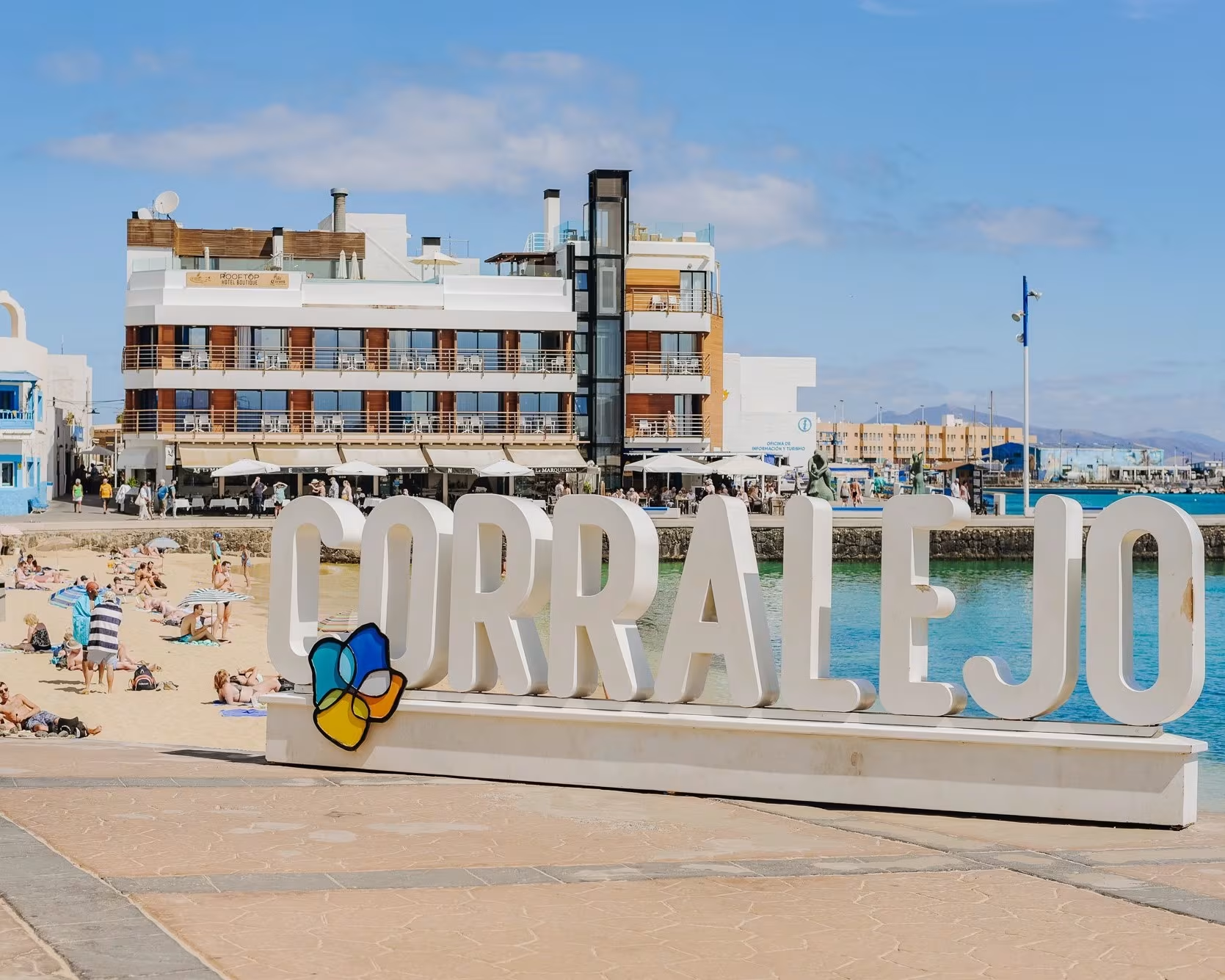
EL COTILLO
With impressive views of the Tostón lighthouse, the beaches of El Cotillo are a must-see. The Playa de La Concha is the most famous of this area, with an extensive expanse of white sand and several reefs that protect it and make diving in it an authentic wonder.
It also stands out El Caletón, which has different calas of white sand and, depending on the tide, reveals the black volcanic rock, which makes a contrast and gives it its special beauty.
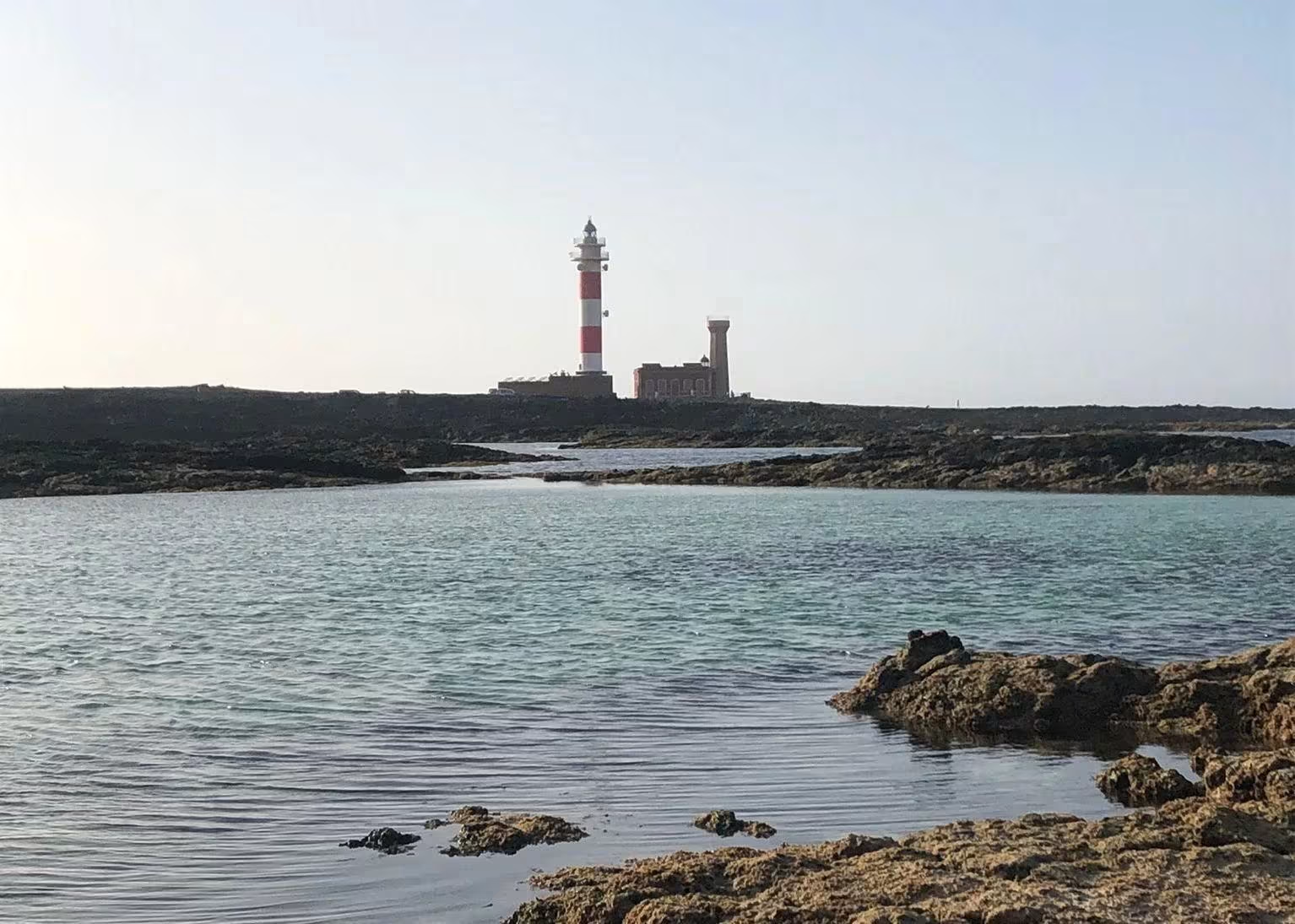
JANDÍA BEACHES
Nothing has to envy Jandía to the Caribbean. And that its fine white sand and the intense blue color of its waters make it an authentic paradise. Among them stands the Matorral beach, located in the town of Morro Jable, one of the most tourist centers of Fuerteventura. It is 4 kilometers of beach surrounded by hotels and businesses, which give great life to its avenue.
The Playa de Sotavento is well known for its stamp full of comets of the lovers of windsurf and the sails of those who practice kitesurf in its crystal clear waters.
COFETE BEACHES
Without a doubt, it is one of the symbols of Fuerteventura for the spectacular landscape and the length of its beach, of, no more or less, that 12 kilometers. With a mountain mass behind it, the Jandía, is a virgin space that does not leave indifferent to anyone who passes through it.
ISLA DE LOBOS
In just half an hour by boat you can discover this magnificent enclave. Isla de Lobos has two beaches: La Concha, with views of the Corralejo dunes, is a quiet bay that is protected from waves. On the other hand, there is the Puertito de Lobos, whose contrast between the emerald green of the water, the dark volcanic rock and the beige color of the wood of the dock will enchant you.
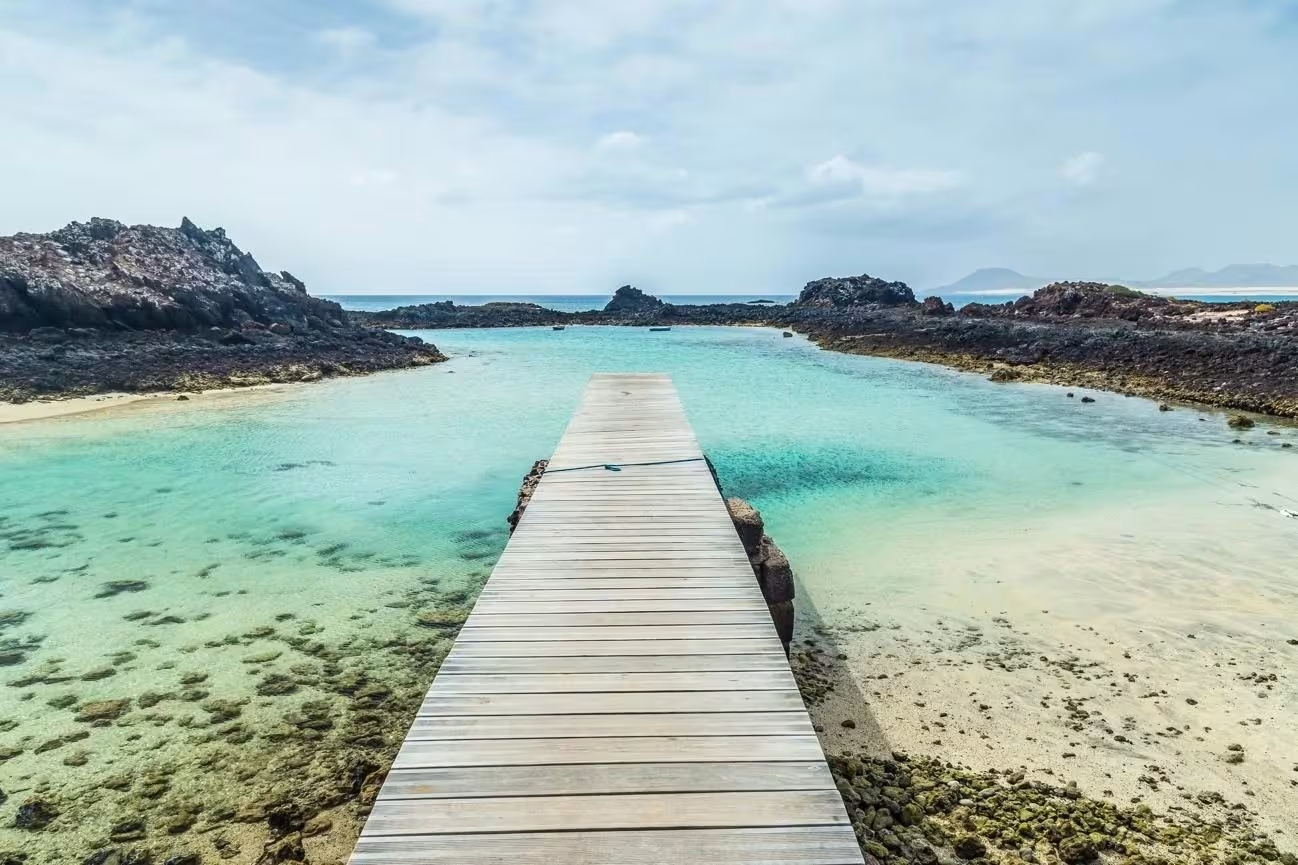
HIDDEN JEWELS IN FUERTEVENTURA
If you are one of those who like to get out of the tourist circuits, in Fuerteventura you can find some hidden places that are a real wonder.
BARRANCO DE LAS PEÑITAS AND BARRANCO DE LOS ENAMORADOS
Lovers of hiking can find in the Barranco de Las Peñitas and the Barranco de Los Enamorados the ideal place to enjoy the original orography of Fuerteventura.
The Barranco de Las Peñitas is near the town of Betancuria. In it runs a path of just over two kilometers, where, in addition, the Ermita de la Virgen de La Peña, a peculiar religious building that is integrated into the rock of the ravine, is raised.
On the other hand, the Barranco de Los Enamorados, located in the municipality of Lajares -south of the town of Lajares-, is the closest to the Antelope Canyon in the United States that can be seen in the Canary Islands. Thus, it is a singular space formed by fossil dunes excavated by water.
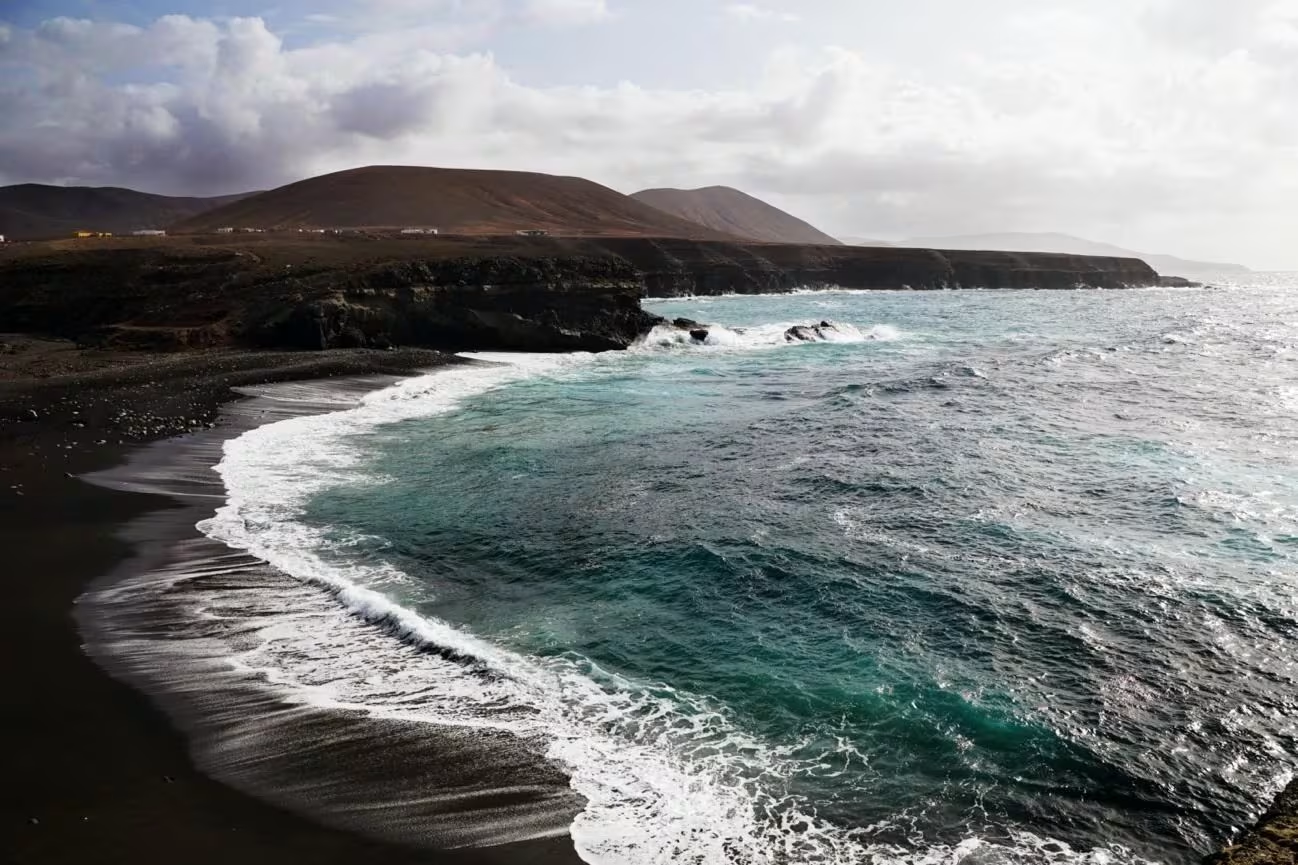
ESQUINZO
For those who prefer the beach, Esquinzo is one of the most quiet and original enclaves of Fuerteventura, to which some surfers go.
The access to this beach is made by walking along the same name ravine, which is born in the mountain of Tindaya; or from El Cotillo.
